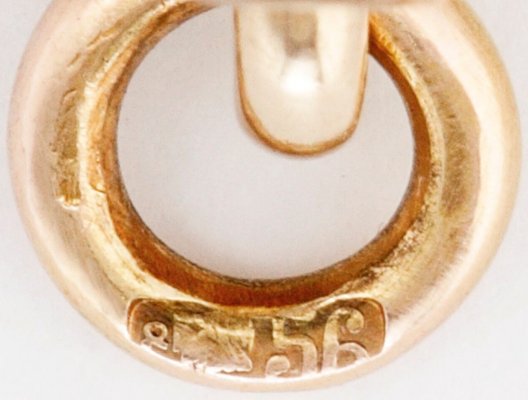The Imperial Lyceum/Императорский Царскосельский лицей/Imperatorskiy Tsarskosel'skiy litsey in Tsarskoye Selo near Saint Petersburg, also known historically as the Imperial Alexander Lyceum after its founder Tsar Alexander I, was an educational institution which was founded in 1811 with the object of educating youths of the best families who would afterwards occupy important posts in the Imperial service. Between 1843 and 1917 it was called Imperial Alexander Lyceum/Императорский Александровский лицей/Imperatorskiy Aleksandrovskiy litsey.

Its regulations were published on 11 January 1811, but they had received the Imperial sanction on 12 August 1810, when the four-story "new" wing of the Great Palace was appointed for its accommodation. The Tsarskoye Selo Lyceum was opened on 19 October 1811. The first graduates included Alexander Pushkin and Alexander Gorchakov. In January 1844 the Lyceum was moved to St Petersburg.
During the 33 years of the Tsarskoye Selo Lyceum's existence, there were 286 graduates. The most famous of these, in addition to the above two, were Anton Delvig, Wilhelm Kuchelbecker, Nicholas de Giers, Dmitry Tolstoy, Yakov Grot, Nikolay Danilevsky, Aleksey Lobanov-Rostovsky, Fyodor Shcherbatskoy and Mikhail Saltykov-Shchedrin.
Its regulations were published on 11 January 1811, but they had received the Imperial sanction on 12 August 1810, when the four-story "new" wing of the Great Palace was appointed for its accommodation. The Tsarskoye Selo Lyceum was opened on 19 October 1811. The first graduates included Alexander Pushkin and Alexander Gorchakov. In January 1844 the Lyceum was moved to St Petersburg.
During the 33 years of the Tsarskoye Selo Lyceum's existence, there were 286 graduates. The most famous of these, in addition to the above two, were Anton Delvig, Wilhelm Kuchelbecker, Nicholas de Giers, Dmitry Tolstoy, Yakov Grot, Nikolay Danilevsky, Aleksey Lobanov-Rostovsky, Fyodor Shcherbatskoy and Mikhail Saltykov-Shchedrin.
Jeton was given a Higher Approval on May 7, 1892. Its creation was initiated by the Lyceum trustee Count Protasov-Bakhmetyev /граф Протасов-Бахметьев/, the design of jeton was developed by the pupils of the 1st class.
Gold, enamel.
Size 25 mm.
Marked with St. Petersburg assay office gold hallmark of "shovel" form [alpha, kokoshnik to the right, 56] from 1908+ time period. Watch fobs were manufactured by Eduard Schramm workshop in St. Petersburg. Eduard Schramm maker's mark "E.S" is missing.
Reverse reads
For the Common Good
I.A.L /= Imperial Alexander Lyceum/
LXXVII Course
1911
Baron A.R. Engelgardt /Баронъ А.Р.Энгельгардтъ/
Gold hallmark.

